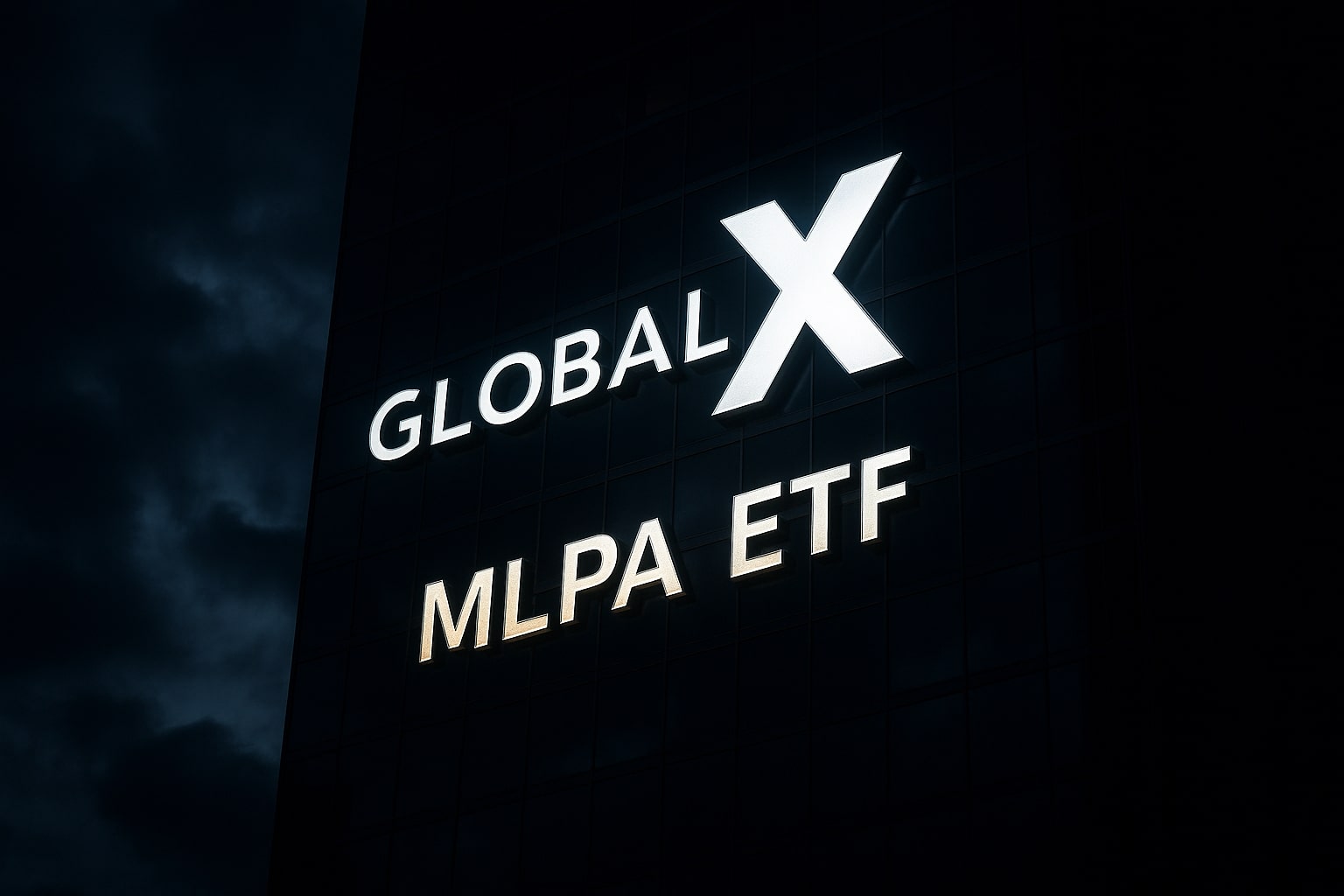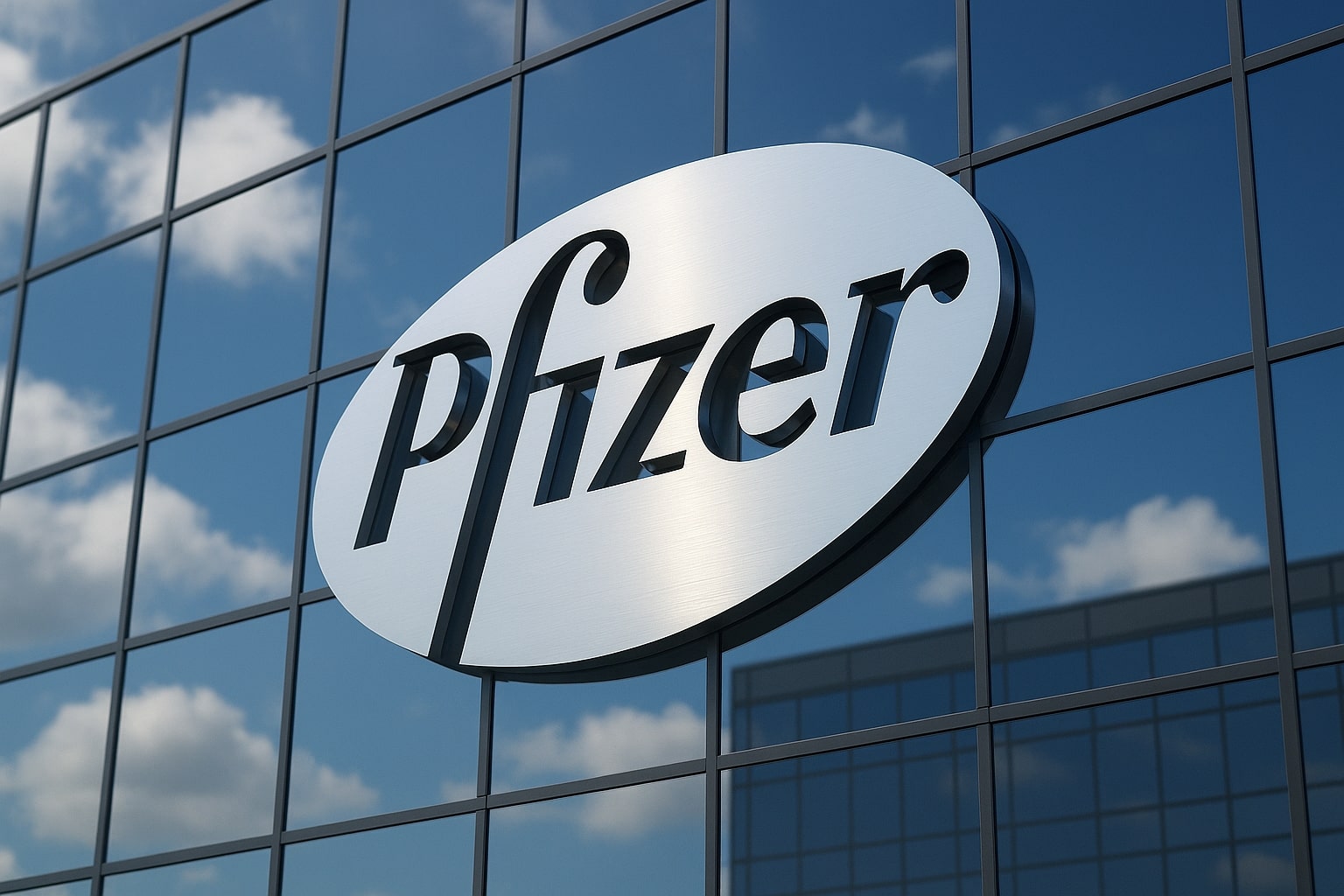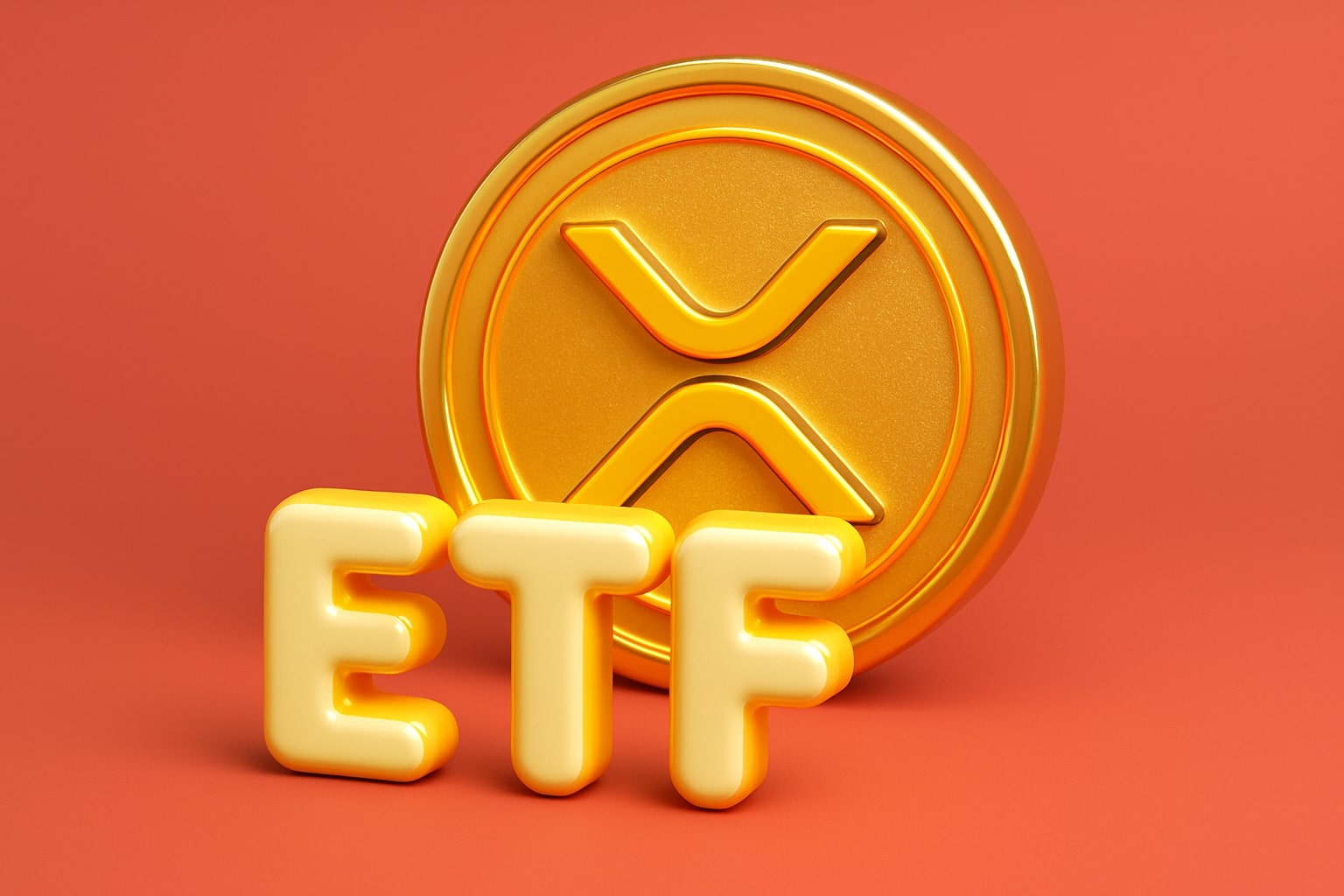
Microsoft Stock Price Forecast - MSFT at $512.94: $3.81T AI Titan Eyes $620 Target
With Azure revenue up 34%, $30B quarterly CapEx, and a $13.7B OpenAI stake, Microsoft (NASDAQ:MSFT) cements its AI dominance. The tech giant’s 68.8% gross margin, 21.6% FCF, and FY26 EPS forecast of $15.50 reinforce a bullish outlook | That's TradingNEWS
Microsoft Corporation (NASDAQ:MSFT): $3.81 Trillion Titan Reinvents Its AI Core and Defends Profit Power Amid Heavy CapEx Pressure
AI Expansion Defines Microsoft’s Strategic Identity
Microsoft Corporation (NASDAQ:MSFT) trades near $512.94, with a market capitalization of $3.81 trillion, representing a 22.3% YTD gain and extending a three-year return above 124%. The company stands at the heart of the AI transformation, leveraging deep integration with OpenAI and expanding its Azure cloud empire to record capacity levels. While competitors like Oracle (NYSE:ORCL) and Amazon (NASDAQ:AMZN) escalate their infrastructure races, Microsoft maintains its dual advantage — dominant scale and disciplined reinvestment. Fiscal Q4 FY25 revenue surged to $76.44 billion, up 18.1% YoY, driving net income of $27.23 billion, a 23.6% increase year-over-year. The stock’s trailing P/E sits at 37.6, with a forward multiple of 33.3, reflecting continued investor confidence in high-margin growth despite record capital spending near $30 billion per quarter.
Microsoft’s strategy is clear: dominate AI workloads through Azure’s integrated ecosystem while controlling costs through strategic partnerships like Nebius Group N.V., which will supply $17.4 billion in GPU infrastructure over five years. This move ensures access to AI capacity without fully loading Microsoft’s balance sheet with depreciating assets, protecting margins even as AI capex scales toward $120 billion annually.
Azure Momentum and Expanding AI Workload Dominance
Azure’s trajectory remains unmatched in hyperscale performance. The platform’s revenue climbed 34% YoY to a $75 billion annualized run rate, outpacing Google Cloud’s 32% and AWS’s 17.5%. Microsoft’s intelligent cloud backlog grew 35% YoY to $368 billion, cementing multi-year visibility. AI services within Azure now represent the fastest-growing layer, driven by Copilot, Fabric, and Foundry APIs, with tokens processed up 7x in twelve months. Microsoft 365 Copilot reached 100 million monthly active users, while GitHub Copilot’s enterprise adoption soared 75% QoQ.
Behind the scenes, the technical base powering this surge includes Microsoft’s custom silicon roadmap, highlighted by the Azure Maia AI Accelerator and Cobalt CPU. By introducing its own chips, Microsoft not only reduces dependency on NVIDIA (NASDAQ:NVDA) and AMD (NASDAQ:AMD) but aligns compute design directly with its software stack — a synergy that boosts both performance and pricing leverage. CTO Kevin Scott noted that internal silicon will increasingly replace third-party GPUs for mid-tier AI inference tasks, a shift that could save the company billions in capex depreciation by FY27.
Balancing AI CapEx with Margin Control
Capex expansion remains Microsoft’s biggest challenge — and its largest long-term weapon. Management guided for Q1 FY26 capital expenditures of over $30 billion, implying an annualized pace near $120 billion. This investment level is historic even by hyperscaler standards, yet CFO Amy Hood emphasized that Microsoft is “building capacity ahead of demand” rather than chasing temporary growth. Gross margin at 68.8% remains near its five-year average, while operating margin at 44.9% demonstrates resilience. Net profit margin stood at 36.15%, higher than Alphabet’s 27% and Amazon’s 19%, showing that Microsoft’s reinvestment is structured, not reckless.
The free cash flow margin, now 21.6%, trails its five-year average of 23.4% due to capex intensity but is expected to rebound by FY27 as Azure utilization rates climb and depreciation stabilizes. Analysts project free cash flow per share to exceed $11.70 by FY28, driven by optimization of AI workloads and margin contribution from higher-priced enterprise AI licenses.
OpenAI Partnership Redefined but Still Central to Microsoft’s Future
Microsoft’s $13.75 billion stake in OpenAI and its 20% revenue share agreement through 2030 remain core to its AI dominance. While OpenAI now collaborates with Oracle, AMD, and NVIDIA, Microsoft retains right-of-first-refusal for future cloud deployments — a crucial advantage as OpenAI expands capacity toward 23 GW globally under $1 trillion of signed commitments. OpenAI’s valuation has now reached $500 billion, with $4.3 billion in H1 2025 revenue and projections for $174 billion by 2030. Microsoft’s future equity position under a new post-2030 MOU could exceed $150 billion, deepening its financial and operational linkage to the world’s leading AI model developer.
This diversification strategy allows Microsoft to remain exposed to OpenAI’s upside without being overly dependent on its infrastructure. By permitting OpenAI to lease GPU capacity elsewhere, Microsoft preserved Azure’s multi-tenant flexibility, enabling broader enterprise growth across government, healthcare, and finance workloads.
Financial Strength and Operating Efficiency Reinforce Confidence
Fiscal 2025 closed with $281.7 billion in trailing twelve-month revenue and $101.8 billion in net income, delivering a 14.9% annual revenue growth rate. Return on equity at 33.3% and return on assets at 14.2% place Microsoft at the top of global efficiency rankings. Cash reserves of $94.6 billion and total debt of $112.2 billion give a net debt-to-equity ratio of 32.6%, manageable for a company producing $136 billion in operating cash flow annually. The dividend yield stands at 0.71%, with a payout ratio of 23.7%, underscoring balance-sheet prudence even amid large-scale AI investments.
Revenue for FY2026 is projected at $322.9 billion, rising to $369.5 billion in FY2027, reflecting a compound annual growth rate near 14.5%. EPS forecasts stand at $15.50 for FY26 and $18.13 for FY27, implying 11–18% yearly earnings expansion. Analysts covering NASDAQ:MSFT maintain an average 12-month target of $620.74, with a high estimate of $710, positioning the stock roughly 21% below consensus upside.
Microsoft vs. Oracle: Strategic Divergence in AI Infrastructure
The competitive field has shifted dramatically. Oracle’s $300 billion multi-year AI infrastructure backlog with OpenAI has turned investor focus toward alternative cloud vendors. Yet, Microsoft’s advantage lies in risk-adjusted efficiency. Oracle’s single-tenant exposure to OpenAI carries heavy execution risk, while Microsoft’s diversified tenant model supports predictable utilization and smoother cash conversion. Oracle’s FCF margin could fall below 10% through FY28, while Microsoft’s bottoming near 21% still ensures sector-leading profitability.
This divergence highlights Satya Nadella’s long-term discipline. By resisting an all-in commitment to OpenAI’s data-center expansion, Microsoft avoided the asymmetric downside that could cripple returns if OpenAI’s AGI roadmap falters. Instead, Microsoft monetizes AI through integrated products like Microsoft 365 Copilot, Dynamics AI, and GitHub Copilot, each embedding AI into subscription-based software with superior margins.
Read More
-
MLPA ETF (NYSEARCA:MLPA) Holds $49.09 With 7.71% Yield And Rising Midstream Revenues Signal Further Upside
30.11.2025 · TradingNEWS ArchiveStocks
-
Ripple’s XRPI And XRPR ETFs Rise As XRP Hits $2.19 With $164 Million In ETF Inflows And 29% Supply Drop
30.11.2025 · TradingNEWS ArchiveCrypto
-
Natural Gas Price Forecast (NG=F) Breaks Higher Above $4.85 As Cold Weather and Record LNG Exports Drive a Bullish Winter Setup
30.11.2025 · TradingNEWS ArchiveCommodities
-
USD/JPY Price Forecast - Dollar to Yen (¥156.70) Surges Toward ¥160 as Japan’s Finance Chief Warns of Speculative Yen Moves
30.11.2025 · TradingNEWS ArchiveForex
Custom Silicon and Long-Term Edge in Cost Performance
The rollout of Microsoft’s Maia AI Accelerator and Cobalt CPU signifies a structural pivot. Unlike Google’s TPUs or Amazon’s Trainium chips, Microsoft’s silicon roadmap integrates directly into Azure’s system-level design — from networking to cooling. The resulting cost efficiency may lower per-token compute costs by 30%–40% over three years. This hardware independence also gives Microsoft flexibility to manage GPU shortages that have plagued AI workloads globally.
Internal modeling projects a 10–12% improvement in operating profit per watt once Maia chips scale across 30% of Azure clusters by FY27. The company’s hybrid model — leveraging NVIDIA H200s for top-tier workloads and its own accelerators for inference — creates a blended margin structure that no other hyperscaler currently matches.
Valuation, Multiples, and Market Sentiment
At $512.94, Microsoft trades at 13.7x sales and 11.2x book value, reflecting the premium assigned to its dominance in software and AI infrastructure. Its PEG ratio of 2.26 is reasonable given projected earnings growth of 17.2% through FY27. The enterprise value-to-EBITDA multiple of 23.7x remains below its historical peak of 26x, leaving room for expansion as free cash flow accelerates.
Institutional ownership stands at 74.6%, and insider holdings remain minimal at 0.07%, but stable. To monitor executive trading and internal sentiment, refer to Microsoft’s insider transaction profile, which shows steady long-term retention rather than aggressive selling — a sign of management conviction.
Risks, Macro Sensitivity, and Market Balance
Key risks center on global AI capex saturation and potential regulatory shifts around cloud pricing. Should AI workload monetization slow, free cash flow could lag expectations, tightening valuation headroom. Additionally, any reacceleration in OpenAI’s capital burn, or a deterioration in U.S.–China tech export conditions, may create cyclical drag on Azure’s growth rate. However, Microsoft’s balance sheet and multi-segment exposure across productivity, cloud, gaming, and enterprise software provide unmatched insulation.
Currency volatility remains secondary; the company hedges heavily against FX fluctuations, limiting exposure to less than 3% of net revenue. Even under stressed scenarios, profit margin compression is estimated at no more than 150 basis points, far below sector averages.
Investment Outlook and Verdict
The structural evidence is decisive: Microsoft remains the highest-quality compounder in global technology, pairing durable profitability with deep AI optionality. With revenue set to surpass $320 billion in FY26, and margin stabilization likely by FY27, the valuation premium remains justified. Compared with peers, NASDAQ:MSFT trades at a discount to its forward growth trajectory. The integration of custom silicon, a balanced AI investment strategy, and measured exposure to OpenAI create one of the most secure asymmetric risk-reward setups in mega-cap tech.
Verdict: Strong Buy
Current Price: $512.94
Target Range (12-Month): $620 – $710
Market Cap: $3.81 Trillion
Projected FY26 EPS: $15.50 FY27 EPS: $18.13
Forward P/E: 33.3 FCF Margin (FY27 Est.): 23.0%
Recommendation: Strong Buy — structural AI leadership, high cash generation, and disciplined capital allocation sustain multi-year upside.


















